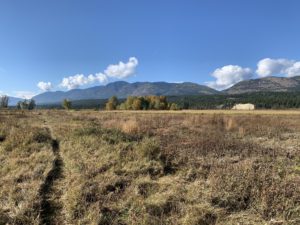The majority of the property contains wetland ecosystems as part of the Columbia Wetland, a Wetland of International Importance (Ramsar Site) and one of only 37 such sites in Canada and three in BC. The Columbia Wetlands are also an area of continental significance to waterfowl under the North American Waterfowl Management Plan (NAWMP). Numerous species of migratory waterfowl and waterbirds are known to use the Hoodoos – Columbia Wetlands, including the Blue-listed Great Blue Heron and Tundra Swan, and the SARA Special Concern Horned Grebe, along with American Wigeon, Blue-winged, Green-winged and Cinnamon Teal, Bufflehead, Common Goldeneye, Mallard, Northern Pintail and Trumpeter Swan.
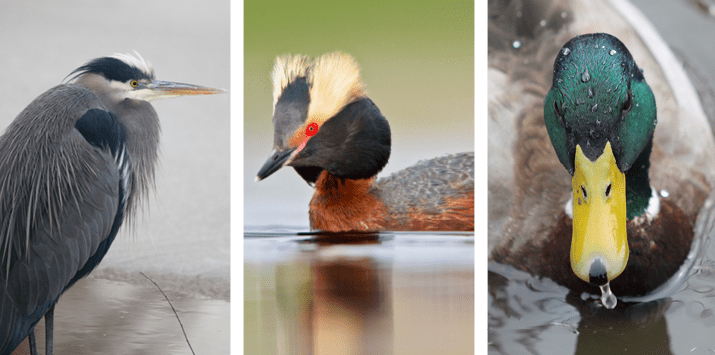
Left to right: Great Blue Heron, Horned Grebe and Mallard
The property also contains 0.2 hectare of open native grassland, which cover less than 1% of BC’s land base and provide habitat for more than 30% of BC’s species at risk. Grasslands support more threatened and endangered plants and animals than any other habitat type in the province, but in the East Kootenay, 2.5% of native grasslands have been irreversibly lost to urbanization and agriculture.
There are multiple at-risk species that will benefit from the rare intact wetlands and grasslands on Hoodoos – Columbia Wetlands and the surrounding conservation area, including the Red-listed American Badger (SARA Endangered) and Blue-listed Lewis’s Woodpecker (SARA Threatened), Long-billed Curlew (SARA Special Concern), Bank Swallow (SARA Threatened), and Vivid Dancer (SARA Special Concern). Portions of Hoodoos – Columbia Wetlands have also been provincially designated as Winter Range for Elk, Mule Deer, White-tailed Deer, Bighorn Sheep and Mountain Goat, and there are patches of Winter Range for Moose. The property is within an identified Grizzly Bear corridor, and American Beaver are also active around and potentially on the property itself.

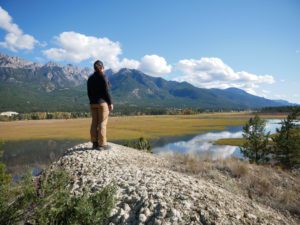 We did it!
We did it!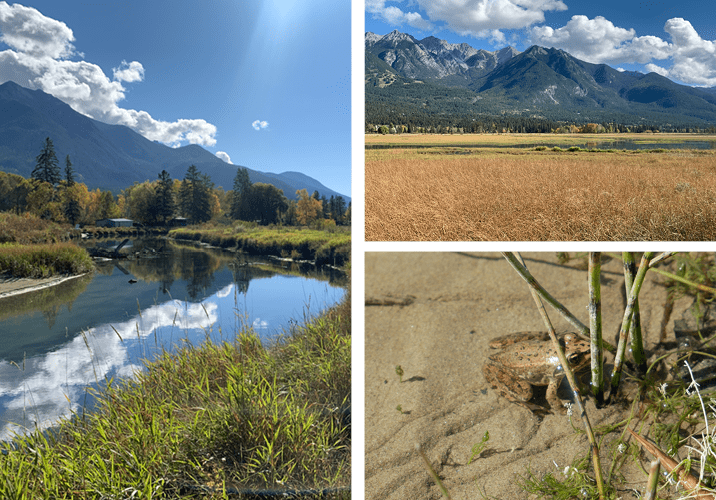
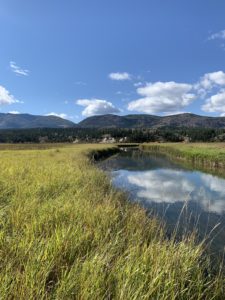 Wetlands are some of the most productive ecosystems in the world, providing food and habitat for all types of wildlife from insects and reptiles to fish, birds and mammals. Wetlands also provide numerous ecosystem services with their ability to act as a natural sponges that store and slowly release surface water. This allows wetlands to reduce flooding during heavy rainfall events like what BC recently experienced, and can conversely keep streams flowing during droughts. The slow movement of water and abundant vegetation also make wetlands excellent water purifiers.
Wetlands are some of the most productive ecosystems in the world, providing food and habitat for all types of wildlife from insects and reptiles to fish, birds and mammals. Wetlands also provide numerous ecosystem services with their ability to act as a natural sponges that store and slowly release surface water. This allows wetlands to reduce flooding during heavy rainfall events like what BC recently experienced, and can conversely keep streams flowing during droughts. The slow movement of water and abundant vegetation also make wetlands excellent water purifiers.
